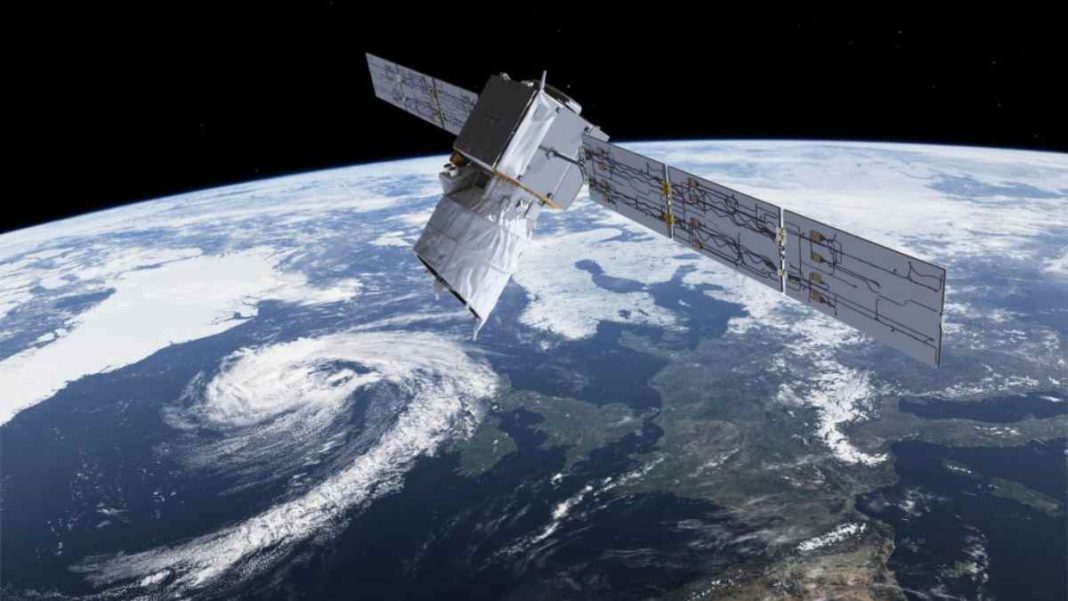UNITED KINGDOM: The European Space Agency (ESA) is orchestrating the controlled return of the out-of-use satellite, Aeolus, back to Earth. Named after the Greek mythology’s keeper of winds, Aeolus was launched in 2018 with the revolutionary task of directly measuring wind speeds and directions across the globe, contributing to significant advancements in worldwide weather forecasts.
Having completed its groundbreaking mission, the satellite has been gradually descending from its operational altitude of 320 kilometers above the Earth’s surface since June 19.
On Monday, July 24, at an altitude of 280 kilometers, ESA’s mission operators executed a crucial maneuver using the last of Aeolus’s fuel to initiate its gradual descent towards our planet.
ESA has meticulously planned a series of critical maneuvers, with the final one scheduled for Friday, July 28. During this maneuver, the satellite will be guided from an altitude of 150 kilometers to just 120 kilometers, setting the stage for its reentry into Earth’s atmosphere.
As the satellite approaches around 80 kilometers, the majority of it is expected to burn up during reentry, but there is a possibility that a few smaller pieces may reach the Earth’s surface.
Addressing potential concerns, ESA has assured that the risk posed by reentering satellites is generally low. In this instance, mission controllers have taken extra precautions by meticulously targeting a remote area in the vast expanse of the Atlantic Ocean for Aeolus’s final descent. This decision is based on the Atlantic Ocean providing the best satellite visibility during the reentry phase.
ESA’s daring mission with Aeolus not only marks the first-of-its-kind initiative to safely guide a satellite back to Earth but also holds significant implications for the future.
The successful completion of this endeavor could pave the way for the controlled return of other satellites that were not originally designed for controlled reentry.
Since its launch, Aeolus has been an instrumental asset to meteorological research, enabling scientists to obtain direct wind measurements globally. The data gathered by the satellite has been pivotal in improving weather forecasts and understanding atmospheric dynamics.
As the ESA mission continues to progress, space enthusiasts, researchers, and weather forecasters worldwide await the safe conclusion of Aeolus’s journey back to Earth.
By aiming to reduce the risk associated with reentering satellites by a staggering 42 times, ESA exemplifies its commitment to advancing space exploration while prioritizing the safety of Earth’s inhabitants.
With Friday’s final maneuver on the horizon, all eyes are on the European Space Agency as they embark on this significant step towards ensuring the safe return of Aeolus and the groundbreaking potential it holds for future space missions.
Also Read: One Migrant Dies During Dangerous Sea Crossing from Africa to Spain



